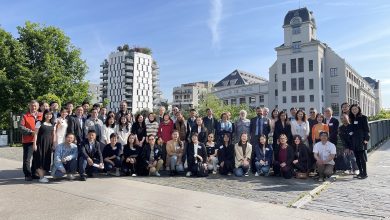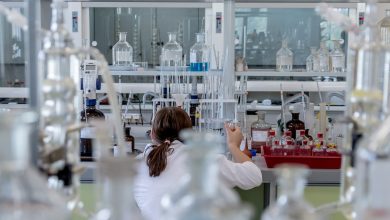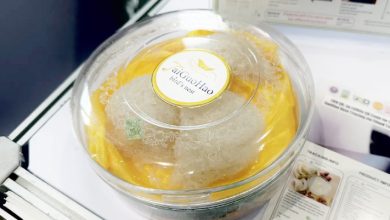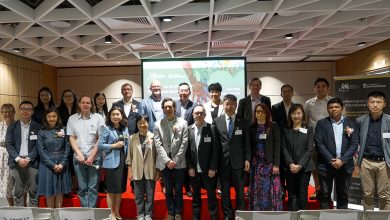NUS scientists develop a new class of artificial water channels for more efficient industrial water purification
These self-assembling, precise and complex nanostructures can help to purify water more efficiently
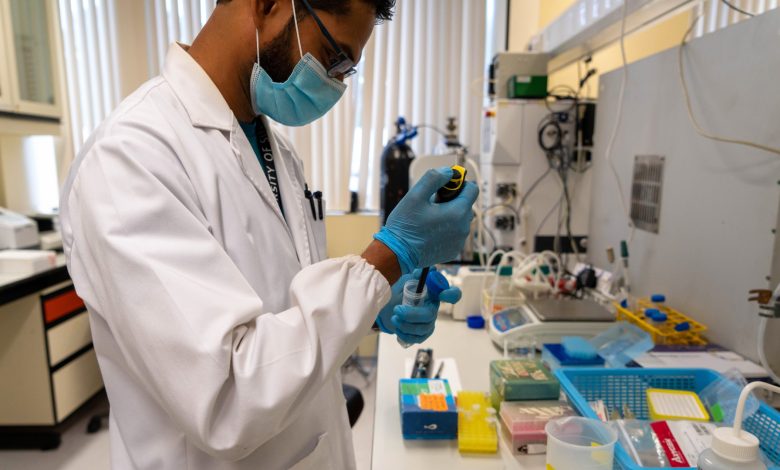
A team led by scientists from the National University of Singapore’s (NUS) Department of Biological Sciences in collaboration with the French Centre for Scientific Research (CNRS) has successfully synthesised a special protein-mimic that can self-assemble into a pore structure. When incorporated into a lipid membrane, the pores permit selective transport of water across the membrane while rejecting salt (ions). These protein-mimics, known as ‘oligourea foldamers’, represent an entirely new class of artificial water channels (AWC) that can be used to improve the energy-efficiency of current methods of industrial water purification.
Current methods of water purification involve the use of reverse osmosis and membrane distillation technologies. Reverse osmosis, however, is a highly energy-intensive process as high pressures are needed to pass seawater or wastewater through a series of semi-permeable membranes to remove salts and other pollutants. In light of climate change and the growing demand for fresh water, there is an impetus to develop more energy-efficient, water-selective membranes for large-scale desalination purposes. This invention represents an excellent contribution to these efforts. The relatively high water permeability of the pores formed by these oligourea foldamers suggests that overall energy requirement for water purification can potentially be reduced.
Addressing the limitations of conventional membrane technologies
Research in this field has largely focused on fabricating membranes with aquaporins, which are naturally-occurring proteins containing pores that allow water molecules to pass through in a single file. They are known as ‘water channels’ and can be found in the cell membranes of all living cells including microbes, plant and animal cells. Due to the complex structure of aquaporin, synthesising sufficient quantities of this bulky protein for use in water purification membranes remains an expensive and time-consuming process.
In a paper published in the scientific journal Chem on 8 May 2023, a team of NUS scientists led by Professor Prakash Kumar described a breakthrough in the development of a simpler molecular component that can self-assemble to generate transmembrane channel-like structures with a pore. These structures mimic the functions of aquaporin, allowing only water molecules to cross the membrane while salts and other pollutants are rejected. The individual oligourea foldamers are also much smaller in size at just 10 amino acid-residues long – which makes them easier to modify, synthesise, and purify compared to aquaporin or other classes of AWC.
Read more : NUS

